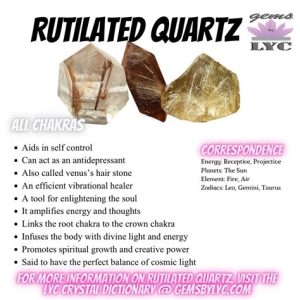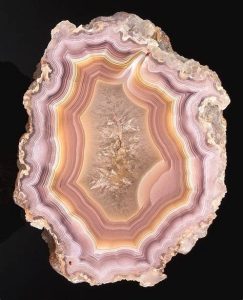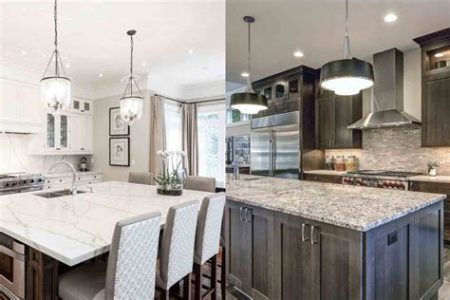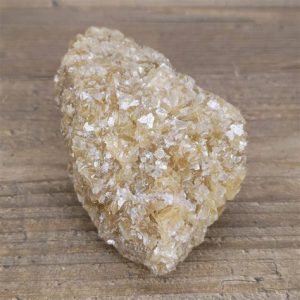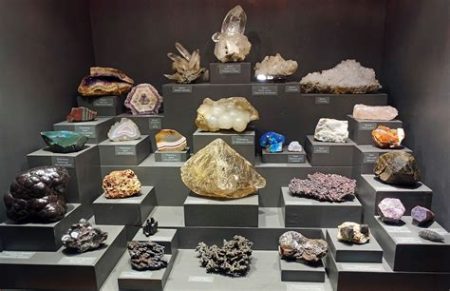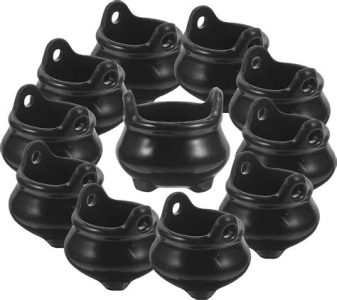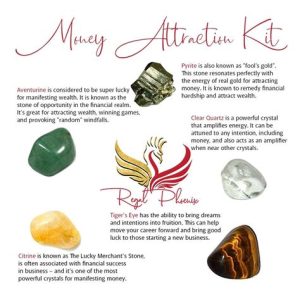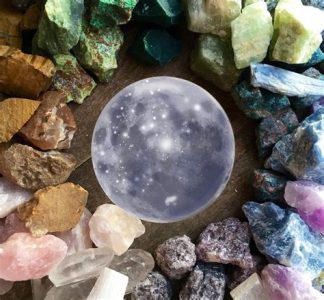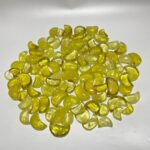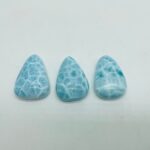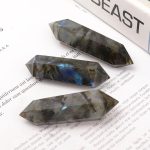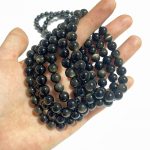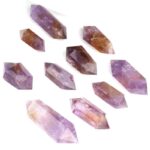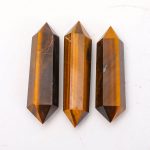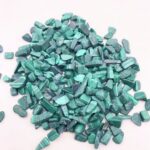As a natural stone enthusiast, you may have encountered the age-old debate between serpentine stone and marble. Deciding which stone suits your project best requires careful consideration. Let’s explore the pros and cons of both in detail to help you make an informed choice in 2025.
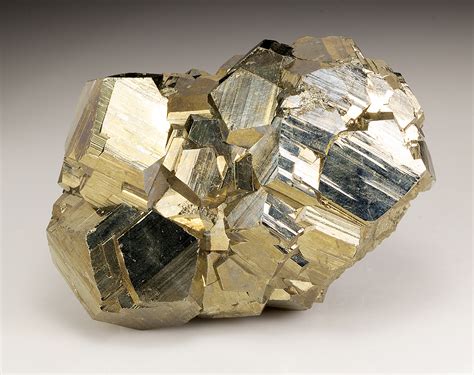
Serpentine Stone vs Marble: Key Differences
| Feature | Serpentine Stone | Marble |
|---|---|---|
| Hardness | Mohs scale 4-5 | Mohs scale 3-4 |
| Durability | Moderate to high | Low to moderate |
| Water absorption | Low | High |
| Heat resistance | Good | Fair |
| Weather resistance | Good | Poor |
Serpentine Stone: A Unique and Versatile Natural Stone
Serpentine stone, with its distinctive green hues, has captivated architects and designers for centuries. It is a metamorphic rock composed primarily of the mineral serpentine.
- Versatility: Serpentine stone’s range of colors and patterns makes it suitable for both interior and exterior applications, including flooring, countertops, and decorative accents.
- Durability: Its moderate to high hardness rating makes it durable enough for high-traffic areas while maintaining a smooth finish.
- Weather resistance: Unlike marble, serpentine stone is less susceptible to weathering and can endure harsh outdoor conditions.
Marble: The Timeless Classic
Marble, a metamorphic rock derived from limestone, has long been a popular choice for luxurious interiors. Its crystalline structure and veined patterns create an elegant and sophisticated aesthetic.
- Beauty: Marble’s unmatched elegance and timeless appeal make it a favorite for high-end design projects.
- Heat resistance: While not as heat-resistant as serpentine stone, marble’s moderate heat resistance allows it to withstand most types of cookware.
- Water absorption: Marble’s high water absorption rate requires regular sealing to prevent staining and damage.
Serpentine Stone: The Pros
- Durability: Provides greater durability compared to marble, making it suitable for heavy-duty applications.
- Weather resistance: Withstands harsh outdoor conditions better than marble, ensuring longevity in exterior projects.
- Affordability: Generally more affordable than marble, making it a cost-effective option for large-scale projects.
Marble: The Pros
- Beauty: Exudes an unmatched elegance and timeless appeal that enhances any space.
- Heat resistance: Suitable for most cooking applications, making it a practical choice for kitchen countertops.
- Versatility: Available in various colors and patterns, allowing for customization and personalization of design schemes.
Conclusion
Whether you choose serpentine stone or marble depends on your specific requirements and preferences. If durability, weather resistance, and affordability are priorities, serpentine stone may be the ideal choice. If you seek an unmatched level of elegance, timeless beauty, and heat resistance, marble remains the preferred option. By understanding the strengths and weaknesses of both stones, you can make an informed decision that complements your project’s vision and functionality.

